Study Series
オンデザイン インタビュー「正解のない時代で、共に進みつくる設計術」
#01 パートナー制で集合知を培い一歩進む
#02 プロジェクトマネジメントはチームにまかせる
#03 共感の時代は「楽しそう」で生き抜く
#04 プロジェクトは同じベクトルを向いて軸を提案
(#02 プロジェクトマネジメントはチームにまかせる からの続き)
Study Series
Interview with ondesign
“A design technique that advances together in an era without correct answers”
#01 Cultivating Collective Knowledge through Partnerships and Going One Step Further
#02 Leave project management to the team
#03 Survive in a time of empathy with a “joyful” look
#04 The project proposes axes facing the same vector
(Continued from #02 Leave project management to the team)
共感を呼ぶ独自性で楽しく長生き
── 仕事の依頼は、どのように来ますか?
西田 例えば、横浜DeNAベイスターズとのまちづくりは、継続して取り組んでいるプロジェクトの1つです(註:オンデザインは、同球団が掲げる地域密着の「コミュニティボールパーク化構想」に参画)。
スタジアムの大きな改修ではなく、小さい客席をどうするか、足元周りのショップをどうするか、などですね。
こうしたショップのほうから「こうしてほしい」という依頼があるわけではないんです。
週に1回くらい「CREATIVE SPORTS LAB」(註:同球団が運営する会員制シェアオフィス&コワーキングスペース)で、「このまちにベイスターズができることは何か?」を考える定例会議みたいなものがあって。
オンデザインのスタッフも参加しているその会議からネタが出て、「こういうイベントやってみよう」とか「オフシーズンの間に少し改修しよう」といったことが仕事につながっています。
ウチは面白いキャラクターの人が多いんですよ。組織がオンデザイン、というよりも「○○さんと、○○さんと、○○さんが居合わせている環境がオンデザイン」というくらいのほうがいいなと思うんですね。
うまく言えませんが、独自性が高いほうが、会社として最終的に楽しく長生きできると思うんです。
萬玉 今は共感の時代なのかな、と感じるときに「この会社は、こういうことを掲げている」というよりも、「この人がこんなこと言ってるよ」くらい小さなことのほうが、共感を呼びやすいのかなって思います。
西田 気づきとか、学びとかですね。
萬玉 オンデザインの人数が増えて、規模が大きくなったころから、もうちょっと小さなつながりで、仕事や設計活動、まちづくり活動ができていけたらいいなって。
「じゃあそれは、一般企業の営業と何が違うんだろう?」と考えたりします。スタッフは営業マンじゃないから、「仕事取って来い」と言われても困ると思うんですけどね(笑)。
Live long and happy with empathetic uniqueness
── How do you get the job offers?
Nishida: For example, community development with the Yokohama DeNA BayStars is one of our ongoing projects (Note: ondesign is participating in the team’s community-based “Community Ball Park Initiative”).
It’s not a major renovation of the stadium, but rather what to do with the small seating areas and the shops around the stadium’s footprint.
These shops don’t ask us to do anything.
Once a week, we have a meeting at “CREATIVE SPORTS LAB” (note: It is a shared office and co-working space for members operated by the team) to ask, “What can the BayStars do for this town?” We have a kind of regular meeting to think about what we should do.
The staff of ondesign also participates in these meetings, and they come up with ideas, like “Let’s try this kind of event” or “Let’s do some renovations during the off-season,” which leads to our work.
We have a lot of interesting characters. Rather than saying, “the organization is ondesign,” I think it would be better to say “the environment where Mr. X, Ms. Y, and XX are all working together is ondesign.”
It’s hard to put it nicely, but I think the company will ultimately enjoy a longer life if it has more originality.
Mangyoku: I think it is easier to evoke empathy if we say something little, such as “This is what this person is saying” rather than “This is what this company stands for.”
Nishida: Things like awareness and learning.
Mangyoku: As the number of people in ondesign increased, I thought it would be great to form smaller connections to work and design and urban development activities.
“So, what’s the difference between that and sales at a normal company?” I think about it. My staff isn’t salespeople, so I don’t think they should be told to get a job (laughs).
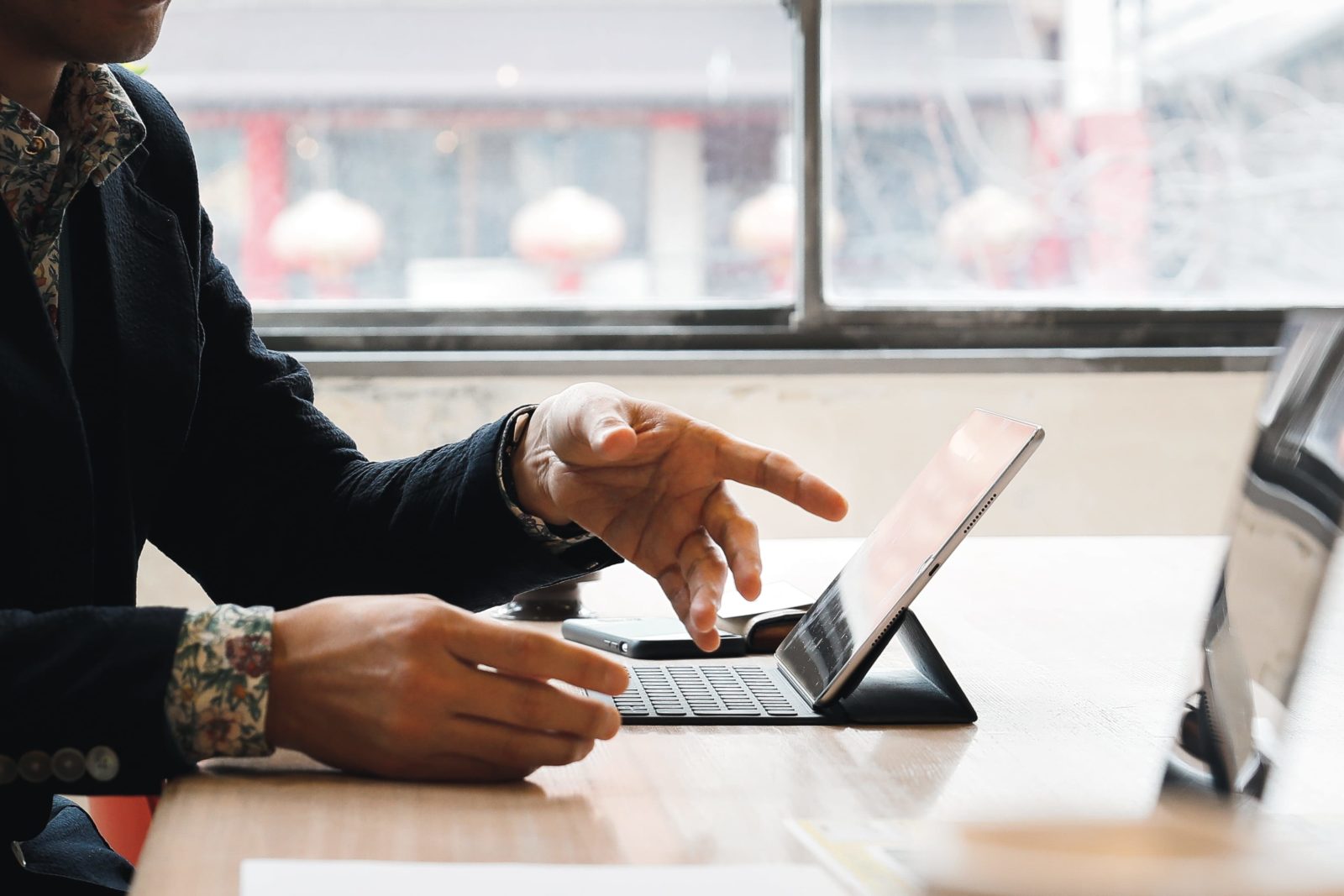
不確かな時代だからこそ「楽しそう」で選ばれる
西田 この間の会議で出た意見で面白いと思ったのが、「企業は『楽しそう』という基準で仕事を発注しているんじゃないか?」ということです。
依頼先となる設計事務所はこれまで、実績や「ちゃんとしている感」が大事だったと思います。そうしたことは最低ラインとしてあるにせよ、価値のよく分からない時代だからこそ、「分からないなりに一緒に楽しめそう」という人のほうが相談しやすいのではないか。きちんとした企業のほうで、むしろそういうことが起こっている気がします。
そうすると僕だけのチャンネルだけでなく、スタッフそれぞれの世界観が出ていて、スタッフが話をしている相手が「めっちゃいいですね」とか「楽しそう」って思ってくれるほうがいいと思います。
萬玉 私たちのやっていることは、ものをつくるにしろ、つくらないにしろ、まちづくりにしろ、「ポジティブに未来をつくること」を求められるんです。それを私たちが苦しそうにやってたら、未来がないじゃないですか(笑)。
楽しそうっていうのは、いい熱量を出しているという感覚です。楽しそうだと働き方も良くなりますし。この設計環境自体が、楽しそうに伝わるといいなと思っています。
Chosen for "fun" because it's uncertain
Nishida: One of the interesting opinions that came up at the last meeting was that “companies are ordering work based on the criteria of ‘fun.’ That’s what I mean.
Until now, it has been necessary for design firms to have a track record and a sense of “doing it right.” Even though these things are the minimum requirement, it is precise because we live in an age where the value of design is not well understood that it is easier to consult with someone willing to enjoy working with someone unsure. I think that’s what’s happening with the proper companies, rather than the other way around.
That way, it’s not just a channel for me, but it’s also a way for each staff member to express his or her view of the world, and I think it’s better if the person with whom the staff member is talking to thinks, “That’s good” or “That looks fun.”
Mangyoku: In what we do, whether we create something or not, or whether we build a city, we are required to “create a positive future.” If we do it painfully, then there is no future for us (laughs).
When I say that you seem to be having fun, you are putting out the right amount of heat. When it looks like fun, the way of working becomes milder. I hope that this design environment itself comes across as fun.
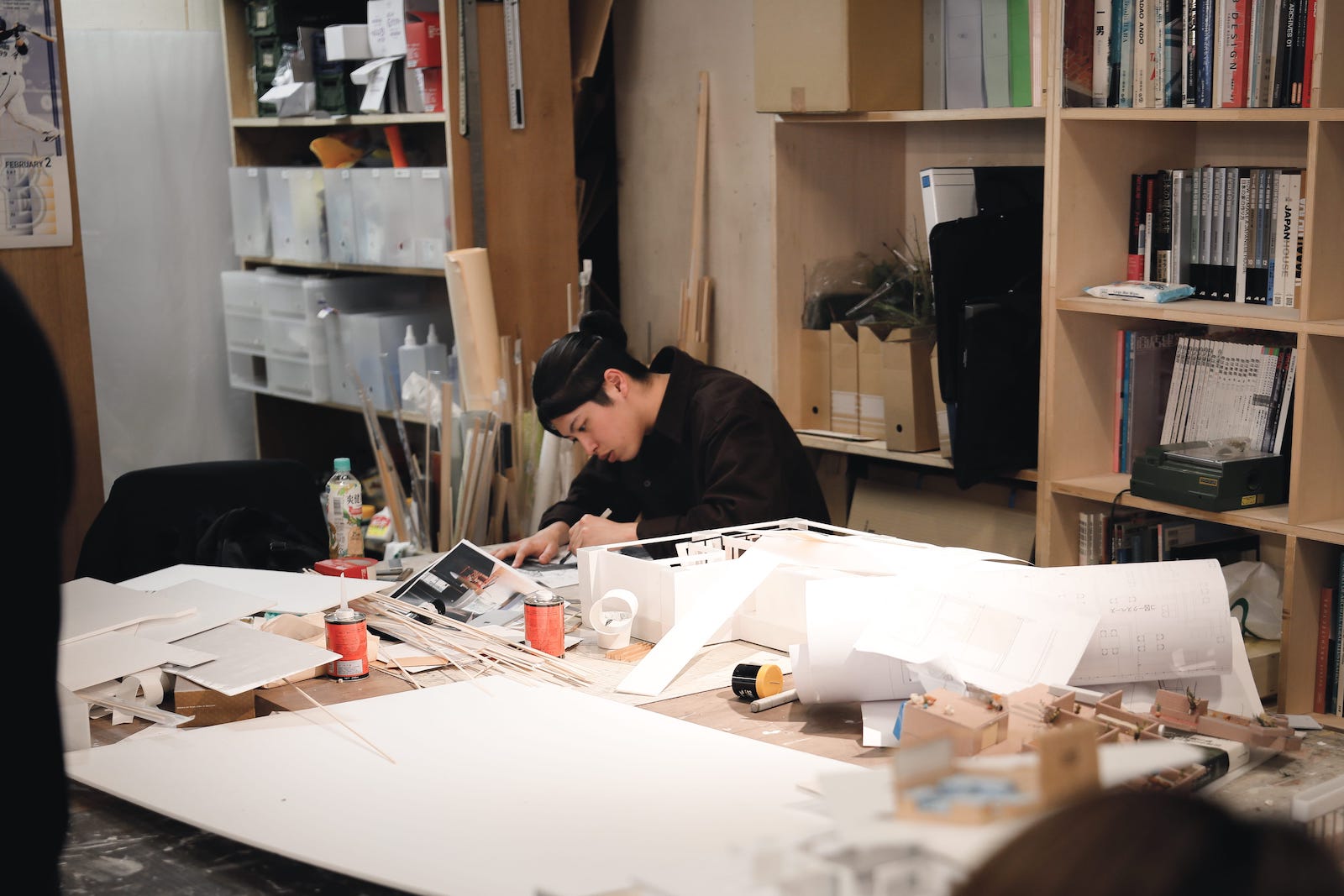
不確実なことに対して期待値を下げておく
萬玉 建築の場合、職業的にネガティブというか、安全ばかり気にしすぎると前に進めなかったりするんですね。でも常に未来に進む前向きな仕事だと思うとき、そこにいる人が単純に楽しそうに創作活動に関わっていることで、前に進める力が出てくるといいですよね。
西田 中国などで「エネルギーがあるな」と感じるところを訪れると、いい建築が完成した数と同じくらい、ボツ案みたいな建築が建ってしまっています。
現地のクライアントや建築家に案内してもらったとき、美術館はよかったんですけど、集合住宅はイマイチだね、みたいな(笑)。別の集合住宅は「施主に言われて大幅につくり替えてます」とか。
下手したら10のうち、2つ3つあるんですよ、そういう建築が。1つくらいは大成功であれば、ちょっと失敗しても社会が許してくれる感じが中国にはありますよね(笑)。
人口が増えていて、つくることが肯定されている時代だからこそ、「何か試してみよう!」という雰囲気があって。
もちろん失敗しようと思って失敗するわけではなく、本気でつくっていても失敗するんです。手を抜いているわけでもない。本気だからこそ、「これは若手が伸びるな」って思ったんです。
萬玉 失敗も全部、学びに転換できる前向きさやエネルギーを感じますよね。
西田 建築をつくって、ちょっとミスったら叩かれるということが中国ではないですよね、寛容性が高いから。別に失敗を肯定しているわけじゃないですけど(笑)。
「せっかくだから、これは今、必要だからやってみよう」ということも、やってみる。ちょっと不確実なことがあってもポジティブに受けとめられるマインドって大事だなと思います。意識の問題ですね。
ですから、なんというんでしょう、クライアントに対して僕が一番やっているのは、期待値を下げることです(笑)。
「常に現在進行形なので、効果を期待しないでください」って言ってます。
商店街の活性化などでは、「最初の3カ月は1ミリも響かないし、1年くらいでやっと誰かが気づいて、2年くらいしないと効果が出ませんよ」と言います。
期待値が高いと、「やって当たり前」と思われがちで、すごく苦労しても報われないじゃないですか。でも、2年と言われていて1年で成果が出たら、「僕たちががんばったんですよ」って言いたいですからね。そういうのは大事だと思います。
(#04 プロジェクトは同じベクトルを向いて軸を提案 に続く)
Keep expectations low for uncertainties
Mangyoku: In the case of architecture, from a professional perspective, if you are too concerned about safety, you can’t move forward. But when you think of it as positive work that is always moving forward into the future, it’s good to know that the people there are only having fun and getting involved in the creative process, which gives them the strength to move forward.
Nishida: When I visit places in China and elsewhere that I feel have energy, I find that there are almost as many rejected buildings as good ones that have been completed.
When local clients and architects showed me around, I would say that the museums were excellent, but the housing complexes were not good (laughs). Another apartment complex was completely rebuilt at the request of the client.
In China, there are two or three buildings like that out of 10, and as long as at least one of them is a huge success, society will forgive you if it fails a bit (laughs).
Because the population is growing and creating is accepted in this age, there is an atmosphere in their society that encourages people to try things out.
Of course, they don’t fail because they think they are going to fail; they fail even if they are serious about making something. It doesn’t mean they’re cutting corners. It was precise because they were serious about it that I thought, “This is going to help the younger generation grow.”
Mangyoku: I sense a positive attitude and energy that can convert all failures into lessons.
Nishida: In China, if you make a mistake in architecture, you won’t be beaten up because they are very tolerant. That’s not to say that I’m approving of failure (laughs).
But I’m saying that “I’m willing to take the chance and do what I need to do now.” I think it’s essential to have a mindset that allows you to take a positive attitude even when things are a bit uncertain. It’s a matter of consciousness.
What can I say, what I do best with my clients is to lower their expectations (laughs).
I tell them, “It’s always in progress, so please don’t expect it to work.”
With things like revitalizing a shopping district, I tell them, “The first three months won’t have a single millimeter of effect, someone will finally notice after a year or so, and it won’t be effective until two years or so.”
When their expectations are so high, people tend to think it’s natural to do it, and the hard work doesn’t pay off. But if you are told it will take two years, but you get results in one year, then I’d like to be able to say, “We did our best.” I think that’s important.
(Continued on #04 The project proposes axes facing the same vector)
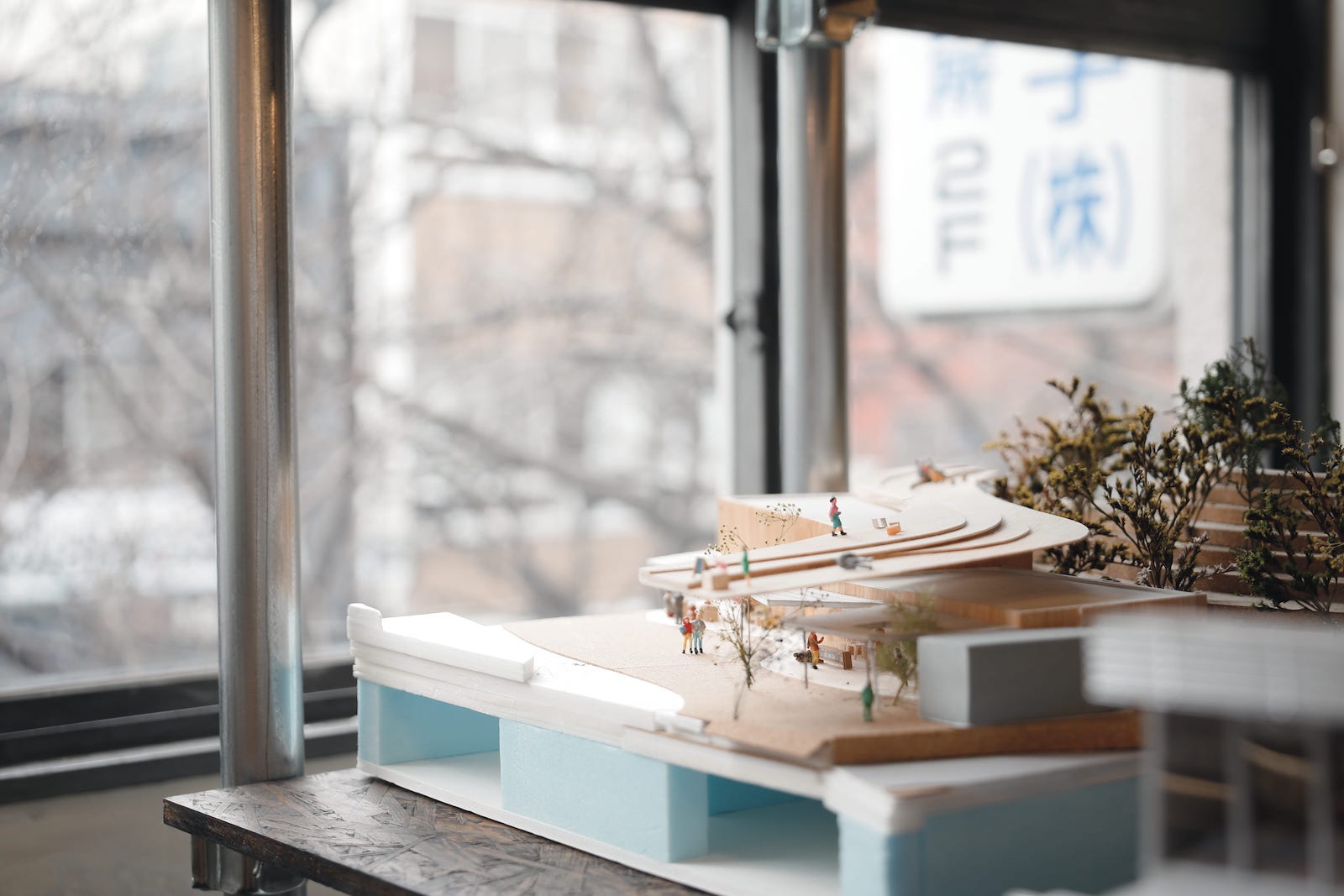
Study Series
オンデザイン「正解のない時代で、共に進みつくる設計術」
Interview with ondesign
#01 パートナー制で集合知を培い一歩進む
#02 プロジェクトマネジメントはチームにまかせる
#03 共感の時代は「楽しそう」で生き抜く
#04 プロジェクトは同じベクトルを向いて軸を提案
Study Series
Interview with ondesign
“A design technique that advances together in an era without correct answers”
#01 Cultivating Collective Knowledge through Partnerships and Going One Step Further
#02 Leave project management to the team
#03 Survive in a time of empathy with a “joyful” look
#04 The project proposes axes facing the same vector

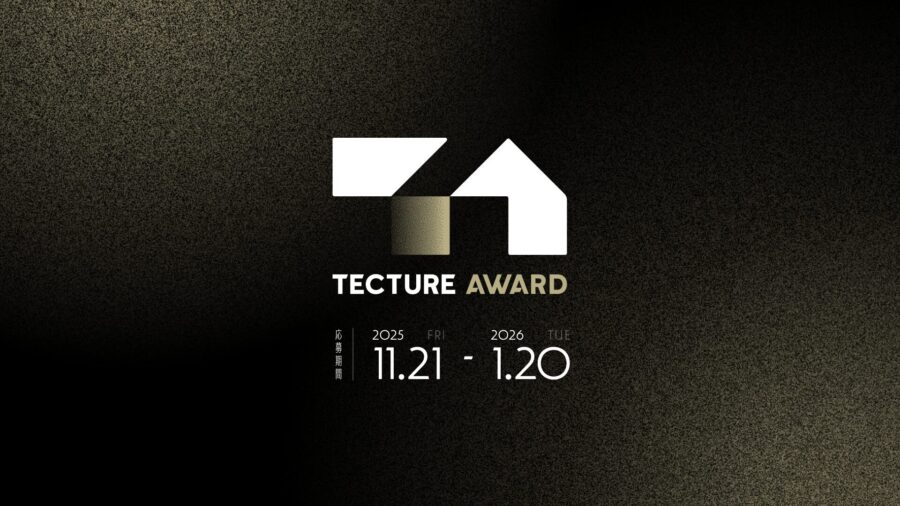

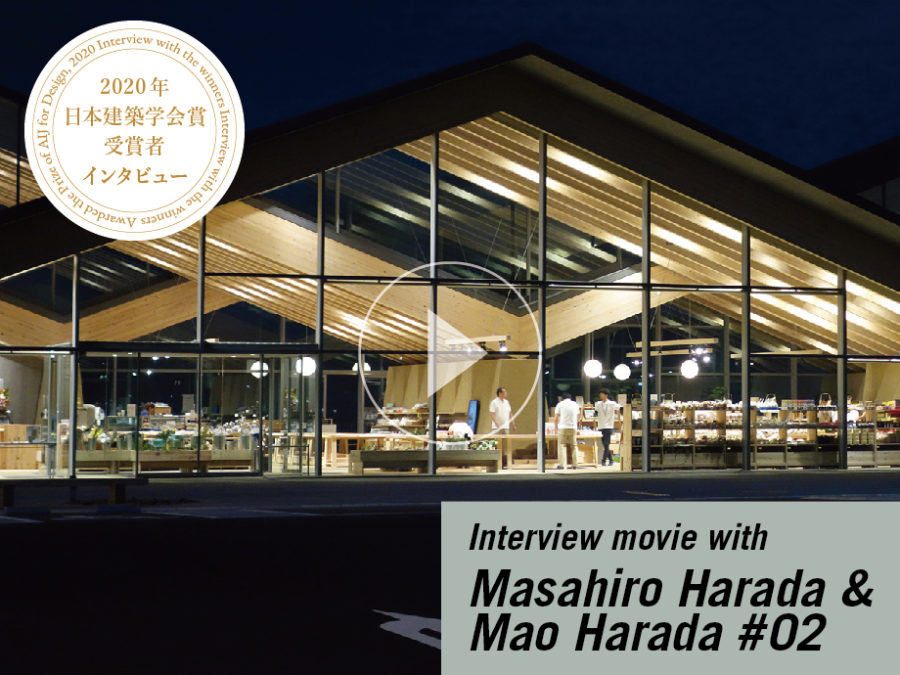




![[大阪・関西万博]最古で最先端!「木」を用いた建築・パビリオン特集](https://magazine-asset.tecture.jp/wpcms/wp-content/uploads/2025/07/24084316/Wood1_2-900x675.jpg)

